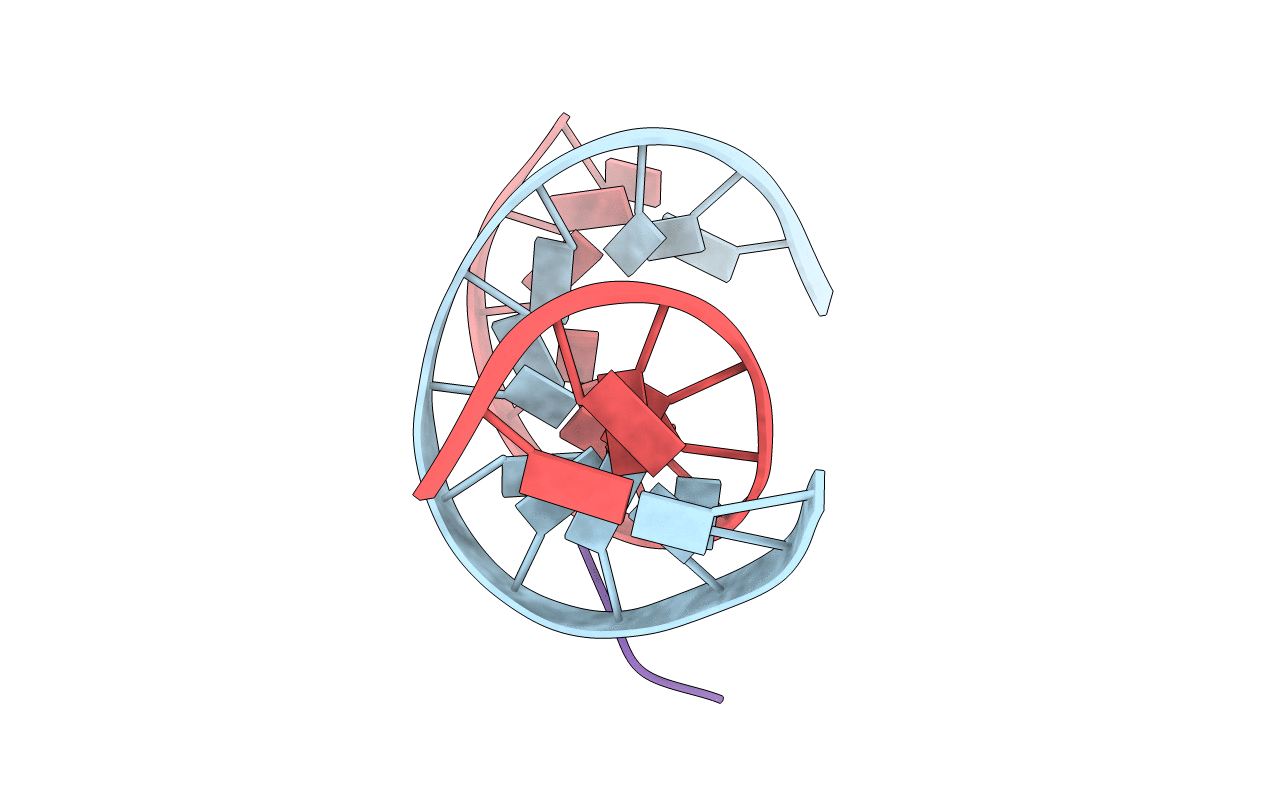
Deposition Date
2010-03-08
Release Date
2010-07-21
Last Version Date
2024-10-16
Entry Detail
PDB ID:
2KV6
Keywords:
Title:
Tetrapeptide KWKK conjugated to oligonucleotide duplex by a trimethylene tether
Biological Source:
Source Organism:
Method Details:
Experimental Method:
Conformers Calculated:
10
Conformers Submitted:
1
Selection Criteria:
back calculated data agree with experimental NOESY spectrum


